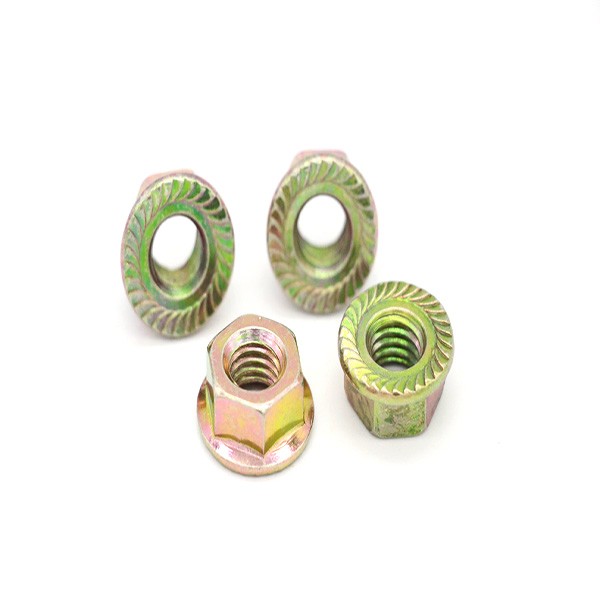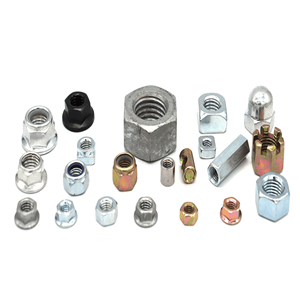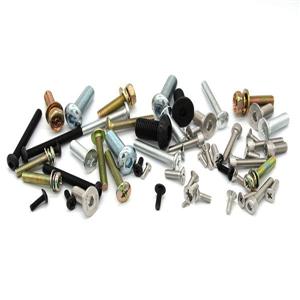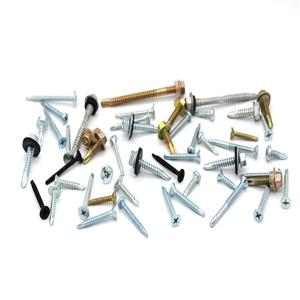Hex flange nut connection and strength test
Compared with hexagon nuts, hex flange nuts have the same anti-skid teeth at the bottom. Except for the addition of nuts and workpieces, their dimensions and screw sizes are basically the same. Surface contact is getting stronger compared to the combination of ordinary nuts and washers. The following is the strength test of the connection box of the hexagon flange nut.
Hex flange nut connection factor
In selecting nuts for flange connection, factors such as piping working pressure, working temperature, media type and gasket type must be considered.
The type of washer, as well as the working pressure and temperature, directly require the strength of the fastener material. For example, the flange connection of a low-pressure, highly toxic medium pipe sealed with a wound gasket does not have a high working pressure and pipe temperature, but the fastener must also bear the load because the specific pressure required to form the wound gasket as an initial seal Great. In this case, the fastener should be made of high-strength alloy steel.

Three test of strength of hexagon flange nut
1. Turning force test: The twisting force of a product is to show its ability to resist being twisted in half. Various standards have minimum requirements for the torsional force of self-tapping screws. In this test, the hexagon flange nut is clamped in a chuck with a middle segment of a tap on the torsion test tool, and then a torque wrench is used to apply force until the nail is broken. If the torque does not exceed the specified minimum requirements, the product is unqualified. Disqualification indicates that the nails are too soft or the diameter of the marks is too small.
2. Locking test: This test is to lock the nail to a test board, which has the specified hardness / thickness and hole diameter. If the hex flange nut is locked over the test plate, but the ridge pattern is deformed, the product is unqualified. Failure indicates that the surface hardening of the nail is too shallow or too soft.
3. Locking Torque Test: This test is only required for screw-made rivets. When performing the locking test, the minimum locking torque of the test board was observed. If the torque exceeds the specified standard value (the standard value is based on the size of the nail / surface treatment), the product is unqualified. Failure indicates that the surface of the nails does not have sufficient lubricity, or the imprinting of imitation marks requires more torque.
The above is the introduction of the connection and strength test of the hexagonal flange nut. I hope everyone will understand the connection and strength test of the connection flange nut, which will be helpful to everyone.




